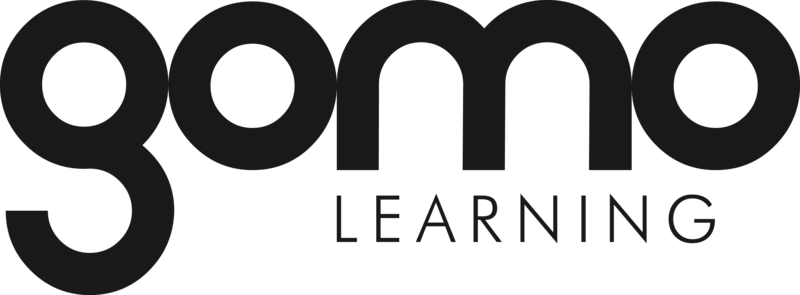ATD Blog
Here's Why You Should Be Incorporating User-Generated Content
Mon Mar 11 2019

User-generated content is proving popular in L&D, with many tools making it easier than ever for companies to facilitate and encourage content created by learners as an invaluable part of training programs.
According to Gartner, more than 80 percent of organizations are leveraging user-generated learning content as part of their L&D strategy, while enterprise social media tools are accelerating organizational transformation and innovation. This is partly driven by the familiarity of content being shared voluntarily on ubiquitous social media sites.
How can you capitalize on the immense popularity of user-generated content creation and tap into the vast knowledge within your organization?
Why User-Generated Learning Content Works
When used properly, social learning is worth getting excited about. McKinsey suggests that some industries could increase productivity by nearly 25 percent if they fully implement social technologies.
We can see some of the reasons why creating user-generated learning content is a natural step in the development of effective programs by thinking about a few tried-and-tested learning methods. In the workplace, some of the ways people learn include:
observing others at work
trying things out and receiving direct feedback
collaborating and discussing concepts with others
reading, watching, and listening.
Making space for user-generated learning content supports all of these approaches—and with the right learning tools, the process is easy, quick, and cost-effective.
Enabling User-Generated Learning Content Means Letting Go (a Little)
While mainstream social media sites can be a stage for anyone to do anything, learning technologies in the workplace provide a much more reliable stream of high-quality knowledge sharing. They present learning teams a sandbox where they can check the quality of learner-generated content before publishing. To ensure content is properly vetted, learning managers can set roles and permissions by user, content asset, and so forth.
Offering learners a powerful role in the learning content development and curation process inevitably involves some uncertainty and risk, but it also gives the new “consumer learners” what they want. People increasingly expect to take control of their own learning—not least Millennial learners, who will make up 75 percent of the workforce by 2025, according to a Governance Studies at Brookings report.
Access to User-Generated Learning Content Encourages Mastery
Mastery typically relies on being able to repeatedly review or practice something new. Consider how people will reread part of an e-book or listen to a particular segment of a podcast to totally absorb and understand what is being said, or watch a YouTube video several times to understand step-by-step instructions on how to perform a specific task. A library of user-generated learning content is another resource employees can turn to at any time, revisiting the learning points whenever they need to refresh their knowledge.
Organically Reinforcing a Culture of Continuous Learning
In a corporate world where managers rightly prize a culture of learning, offering user-generated learning content is an excellent way of meeting learners where they are and encouraging active skills and knowledge sharing. Whether you’re about to launch a concerted social learning strategy or are looking to increase your level of quality user-generated content, this is one learning approach that paves the way to L&D success.
Want to discover the power of user-generated learning content and use it to transformational effect? Download the gomo e-book 5 Ways to Make Your Learning Program Work for You to discover more.

